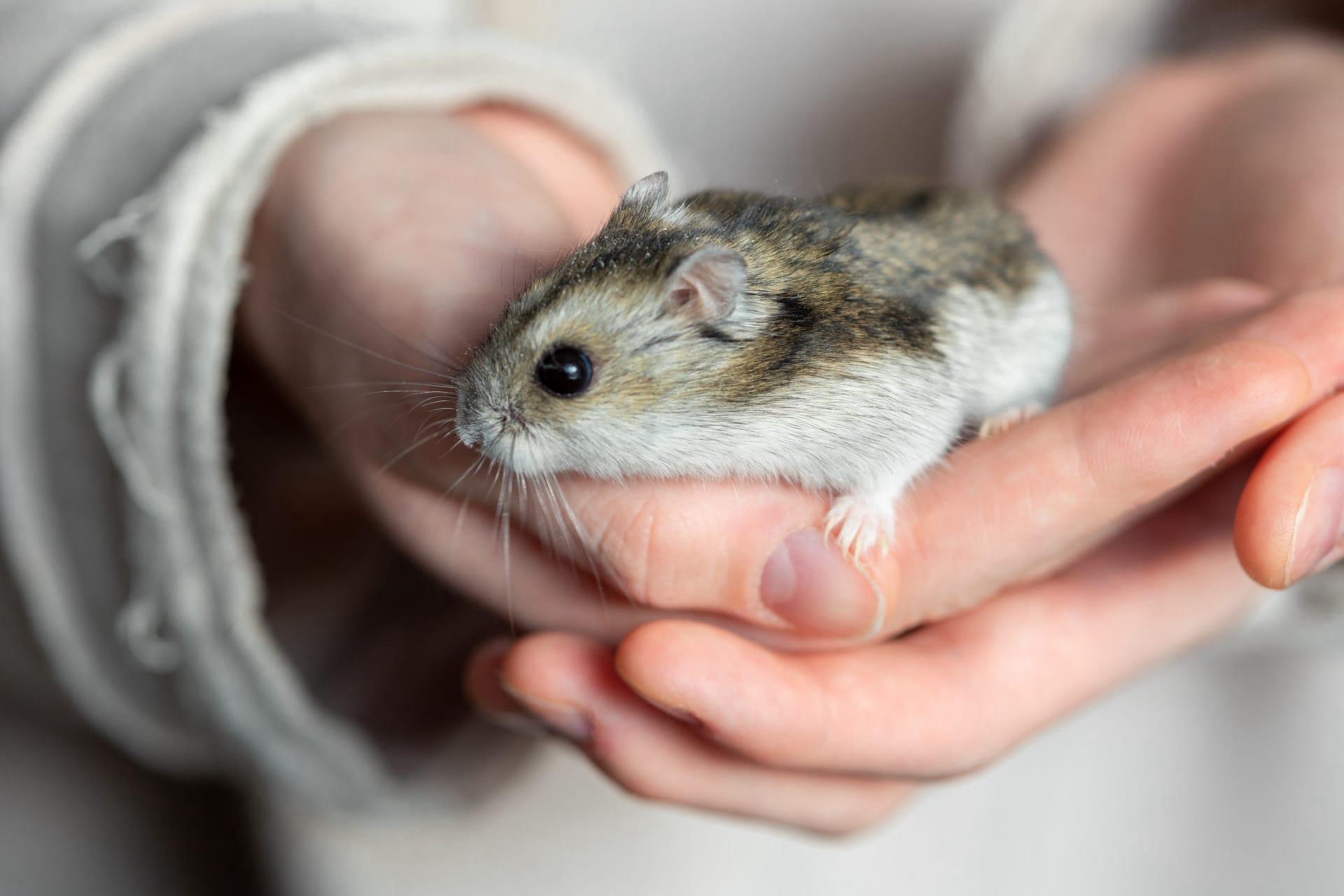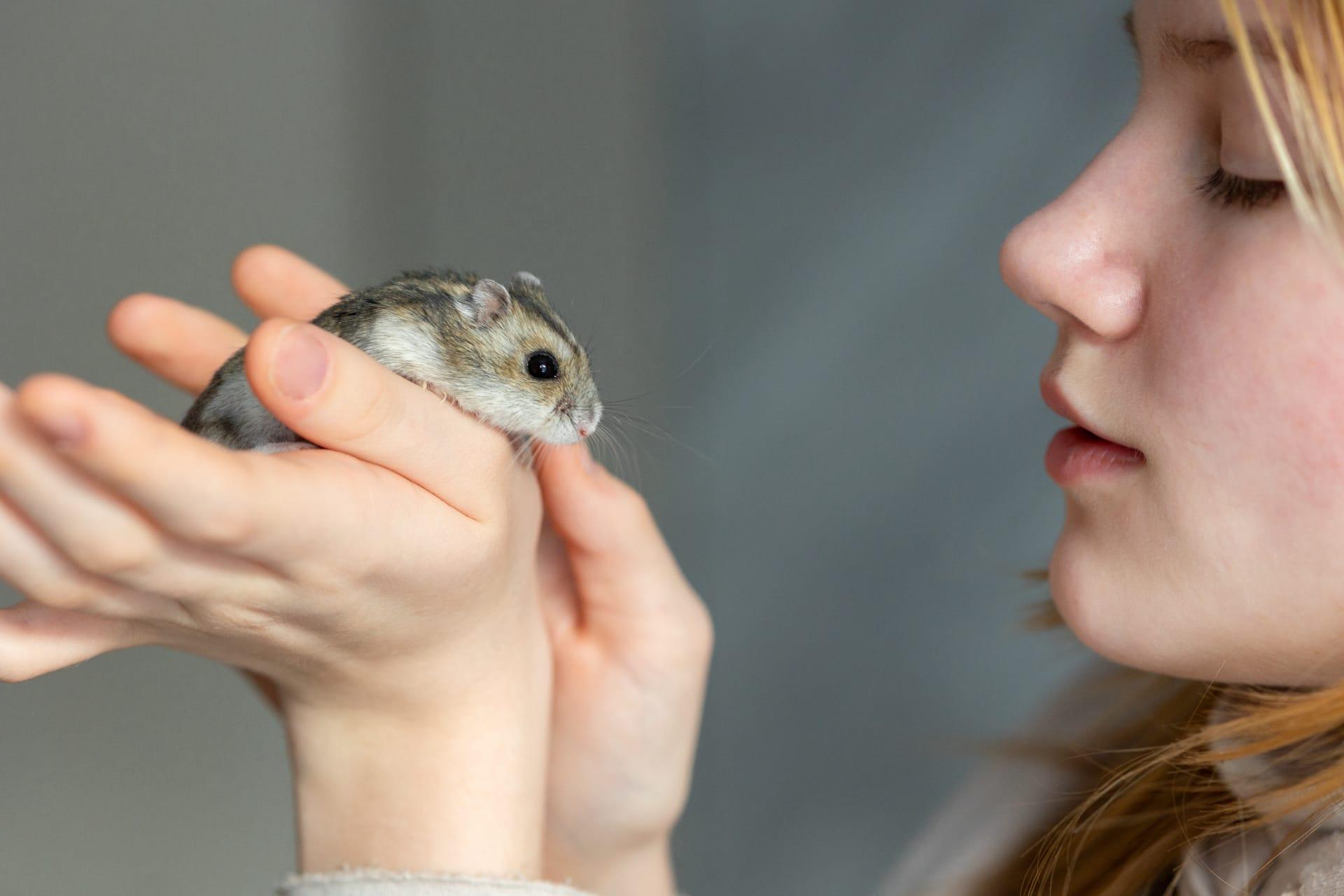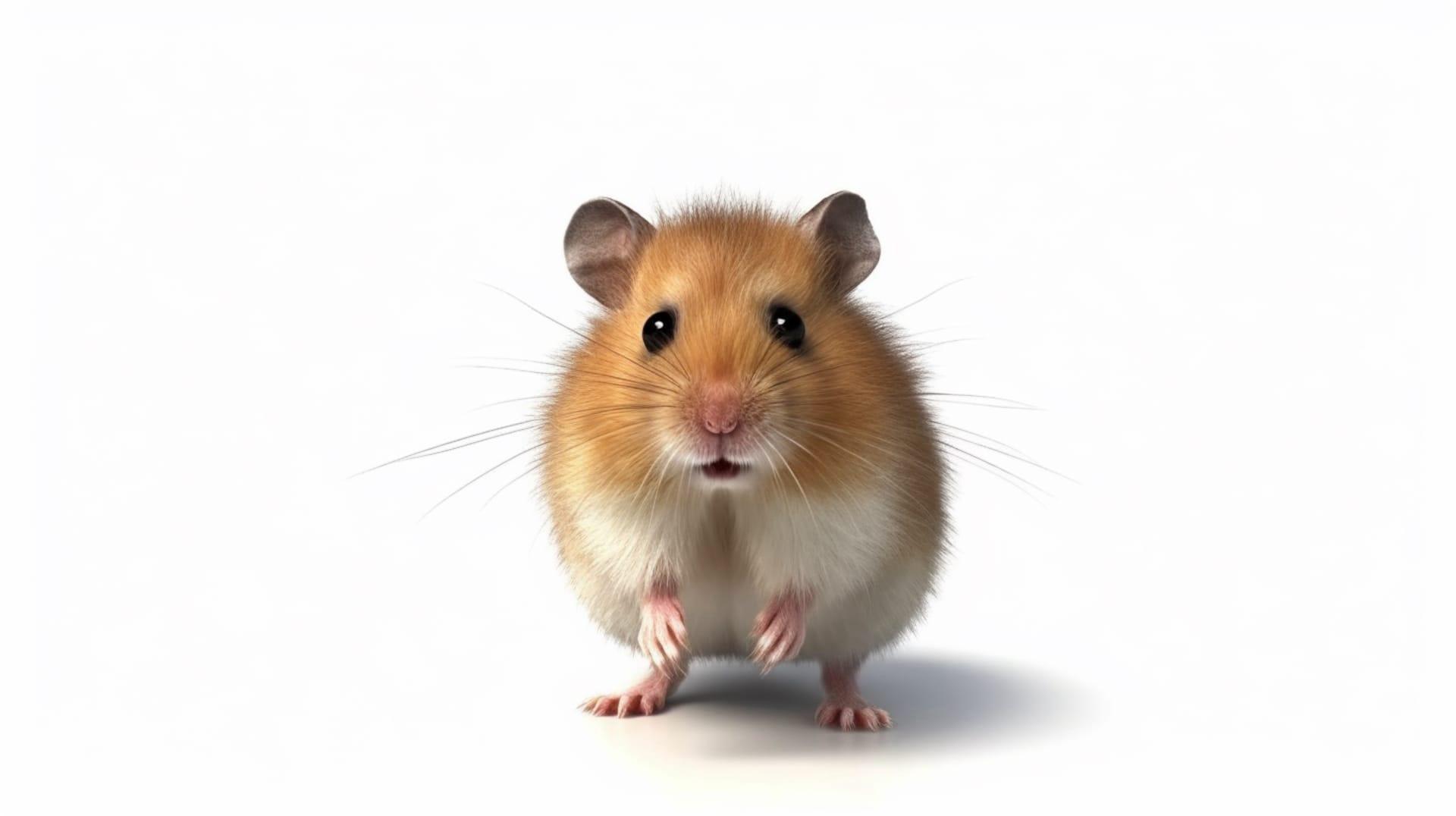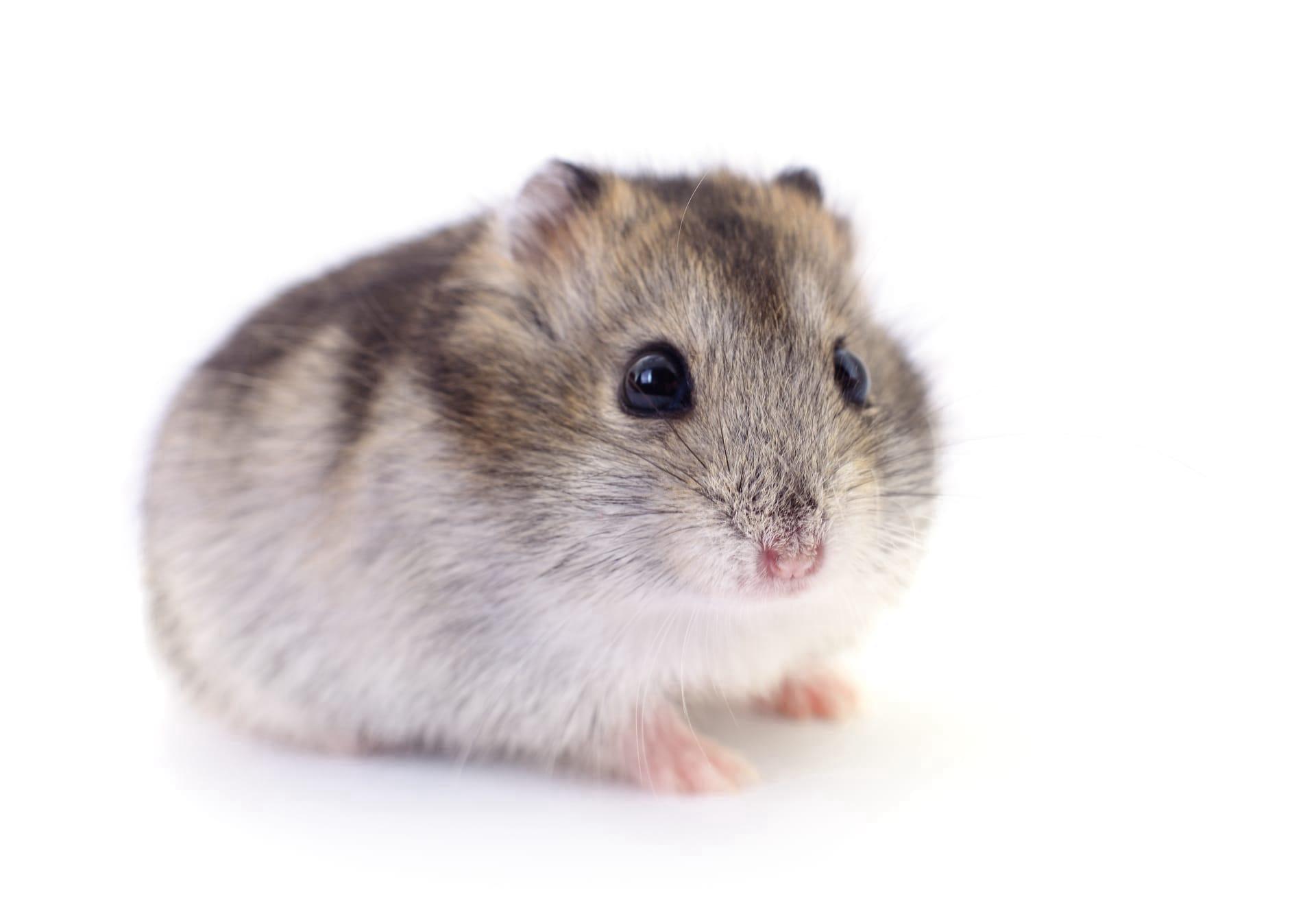Hamster Characteristics
- Home /
- Mini Encyclopedia /
- Animal /
- Hamster Characteristics
1
Hamsters, small and furry, are fascinating creatures. Adult hamsters typically measure from 2 to 13 inches in length, depending on their species. Their lifespan, interestingly, varies from 2 to 3 years, which is relatively short but full of energy. These little critters have distinct physical characteristics, such as stout bodies, short tails, and fur that can range from white, gray, brown, to a mix of colors.
One of the most remarkable organs of a hamster is its cheek pouches. These extend from their jaws to their shoulders, allowing them to transport food and bedding materials. These pouches can hold an amount of food equivalent to half their body size, a nifty adaptation for hoarding food in the wild. This feature is not only unique but also critical for their survival, helping them to store food in times of abundance and consume it when resources are scarce.

2
Question: Why do hamsters often run on wheels in captivity?
Answer: Hamsters are naturally active creatures, and in the wild, they can travel several kilometers in a single night in search of food or exploring their environment. The wheel provides a way for hamsters to mimic this natural behavior in a confined space. Running on a wheel helps them to burn off energy, stay fit, and satisfy their instinctual need for movement. It's important for their mental and physical well-being, making the wheel not just a toy, but an essential item in a hamster's habitat.

3
Hamsters are known for their agility and love for physical activities. In the wild, they are capable of running long distances to forage for food. They possess a remarkable ability to balance and climb, often seen scurrying up and down tunnels and navigating obstacles with ease. Their small size and quick movements aid in evading predators and exploring their environment efficiently.
When it comes to feeding, hamsters are omnivores, meaning they eat both plants and small insects. Their diet includes seeds, nuts, grains, fruits, vegetables, and occasionally insects. They have sharp incisors that grow continuously, requiring them to gnaw on hard objects to keep them at a manageable length. This gnawing behavior is crucial for maintaining their dental health and also serves as a way to access food encased in hard shells.

4
Hamsters originate from a variety of environments, including deserts, steppes, and the edges of forests. These environments have shaped their behaviors and adaptations. For instance, desert hamsters have developed the ability to conserve water and survive in arid conditions. Their burrowing habits help them escape extreme temperatures, both hot and cold, and protect them from predators.
In terms of reproduction, hamsters have a rapid breeding cycle. Females can give birth to multiple litters each year, with each litter containing up to 20 pups, although the average is around 6 to 8. The gestation period is remarkably short, lasting only about 16 to 22 days. This rapid reproduction rate is a strategy to ensure the survival of the species, as hamsters in the wild face numerous predators and harsh environmental conditions.

5
Book: "The Hamster Handbook" by Patricia Bartlett is an informative guide for hamster owners. Published in the United States in the early 2000s, it offers practical advice on hamster care, covering topics like housing, diet, and health. Bartlett's experience with small animals shines through in her detailed and approachable writing style, making it an invaluable resource for both new and experienced hamster enthusiasts.
Book: "Hamsters: A Complete Pet Owner's Manual" by Peter Fritzsche, also from the United States and published in the late 1990s, provides comprehensive information about various hamster species. Fritzsche, an expert in small mammals, delves into the specifics of hamster behavior, breeding, and care. The book is praised for its thoroughness and clarity, making it a go-to reference for understanding and caring for these popular pets.